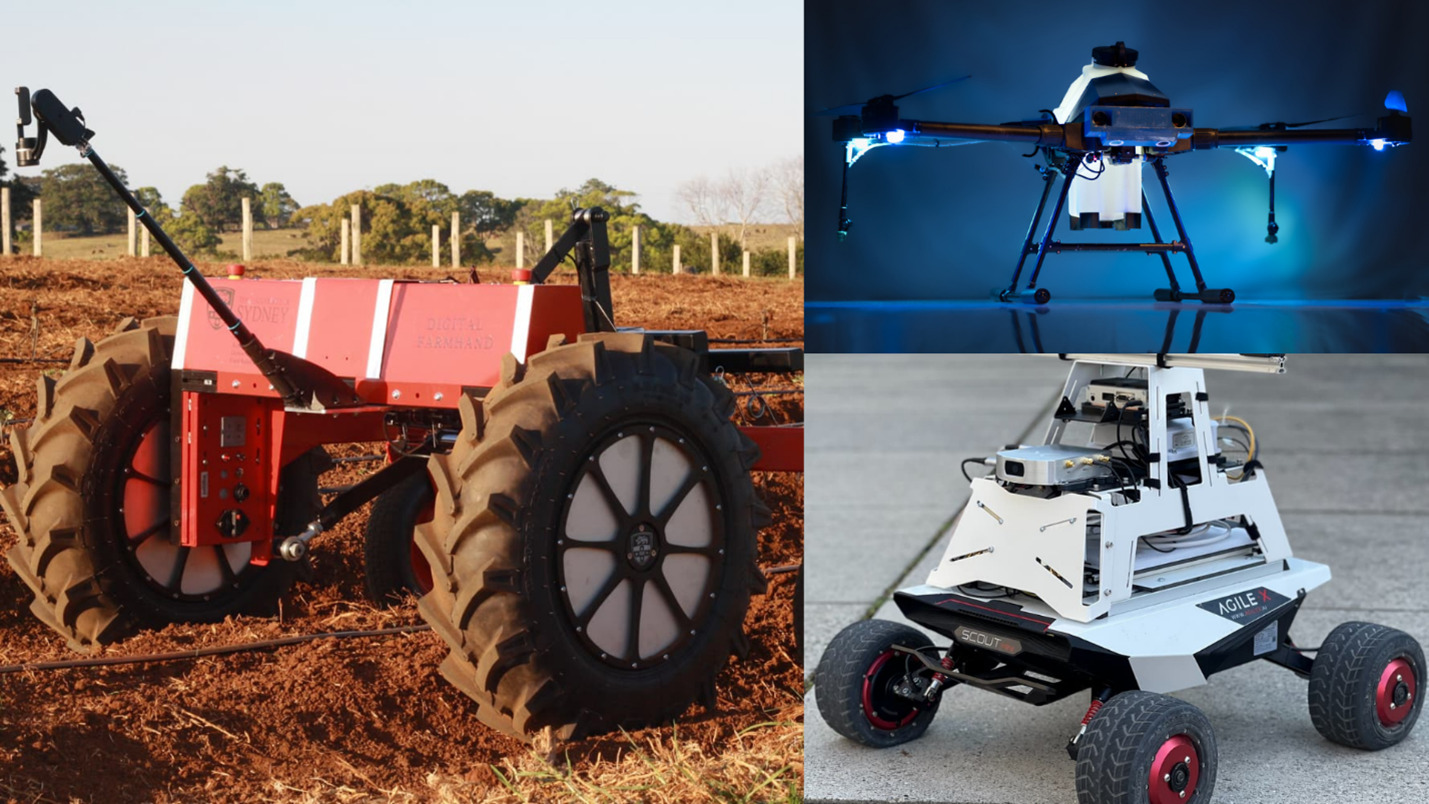Introduction
Agriculture has been the backbone of human civilization for millennia, providing sustenance and livelihoods to countless communities across the globe. However, as our population continues to grow and the climate becomes increasingly unpredictable, the traditional methods of farming face new challenges. This is where technology, specifically robotics and automation, is stepping in to revolutionize the way we approach agriculture. Universities, as centers of knowledge and innovation, are at the forefront of this transformation.
In this blog post, we will delve into the importance of universities in advancing agricultural robotics. We will explore how they are contributing to research, education, and training in this field, ultimately driving the adoption of automation in agriculture.
- Research and Development
Universities serve as hubs for cutting-edge research and development. They house experts in various fields, including engineering, computer science, and agriculture, who collaborate to create innovative solutions for the agricultural sector. When it comes to agricultural robotics, universities are instrumental in designing and refining technologies that can address the unique challenges faced by modern farmers.
One area where universities excel is in developing autonomous farming machinery. These machines can perform tasks such as planting, harvesting, and weeding with precision and efficiency. Researchers at universities work on perfecting the algorithms and sensors needed to navigate complex farm environments and make real-time decisions. Their work helps ensure that these robots can operate effectively in diverse agricultural settings.
Additionally, universities often collaborate with industry partners to test and refine these technologies in real-world farming scenarios. This hands-on approach ensures that the robots are not just theoretical concepts but practical tools that can benefit farmers on a large scale.
- Education and Training
Another critical role that universities play in advancing agricultural robotics is through education and training. They offer specialized programs and courses that equip students with the knowledge and skills needed to work in this rapidly evolving field. These programs cover a wide range of topics, including robotics, artificial intelligence, and agriculture, providing a holistic understanding of how these disciplines intersect.
Students who graduate from these programs are well-prepared to develop, implement, and maintain robotic systems in agriculture. They can work as researchers, engineers, or consultants, helping farmers integrate automation into their operations effectively. Furthermore, universities often provide access to state-of-the-art laboratories and facilities, allowing students to gain practical experience in building and testing agricultural robots.
Through partnerships with industry leaders, universities also facilitate internships and co-op programs that give students real-world exposure to the challenges and opportunities in agricultural robotics. This hands-on experience is invaluable in preparing the next generation of professionals to drive innovation in the agricultural sector.
- Knowledge Transfer
Universities act as conduits for knowledge transfer between academia, industry, and the farming community. They organize seminars, workshops, and conferences that bring together experts, researchers, farmers, and technology providers. These events serve as platforms for sharing the latest research findings, showcasing new technologies, and discussing the practical applications of agricultural robotics.
Furthermore, universities often collaborate with agricultural extension services to disseminate information about the benefits of automation in farming. They create educational materials and resources that help farmers understand how robotic technologies can increase productivity, reduce labor costs, and improve sustainability.
By serving as intermediaries between the academic and farming worlds, universities play a vital role in ensuring that the advancements in agricultural robotics reach those who can benefit from them the most—the farmers themselves.
- Interdisciplinary Collaboration
Agricultural robotics is a multidisciplinary field that requires expertise in various domains. Universities excel at fostering interdisciplinary collaboration, bringing together experts from different departments and backgrounds to work on complex problems. In the context of agricultural robotics, this collaboration is essential.
For example, engineers work alongside agronomists to design robots that can identify and address specific crop-related challenges. Computer scientists collaborate with agricultural economists to develop algorithms that optimize farm operations and resource allocation. This interdisciplinary approach ensures that agricultural robotics solutions are not only technically sound but also economically viable and environmentally sustainable.
Universities provide the ideal environment for such collaboration to thrive, fostering a culture of innovation and problem-solving that can lead to breakthroughs in agricultural robotics.
Conclusion
The integration of robotics and automation into agriculture is transforming the way we produce food. Universities are at the forefront of this transformation, driving research, education, and knowledge transfer in the field of agricultural robotics. Through their research and development efforts, educational programs, knowledge dissemination, and interdisciplinary collaboration, universities are shaping the future of farming, making it more efficient, sustainable, and resilient in the face of global challenges.
As we look ahead, it is clear that the role of universities in advancing agricultural robotics will continue to expand. The innovations and expertise that universities bring to the table are essential in ensuring that the benefits of automation in agriculture reach farmers around the world. Through their dedication to research, education, and collaboration, universities are helping to secure a more prosperous and sustainable future for agriculture.




